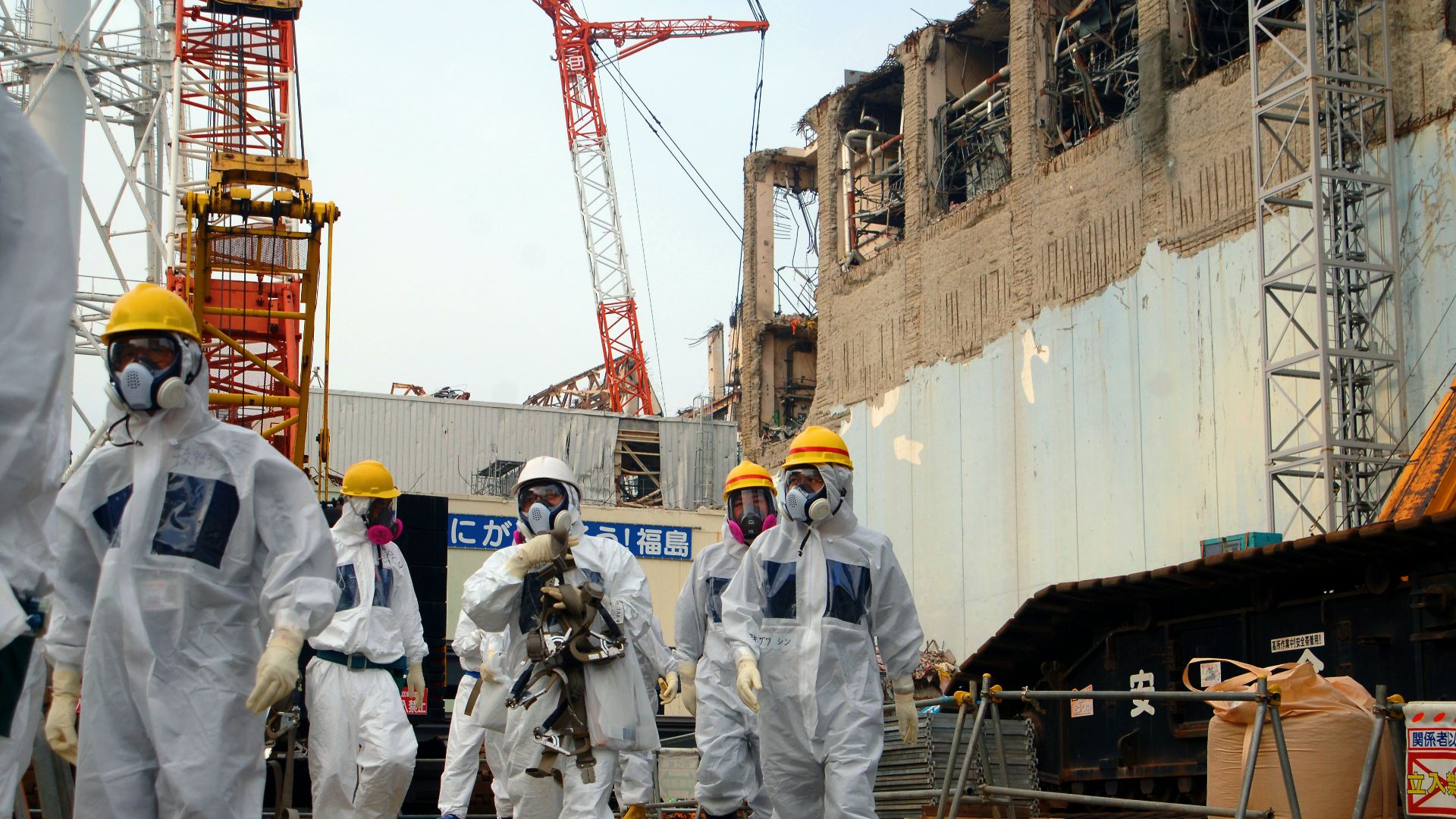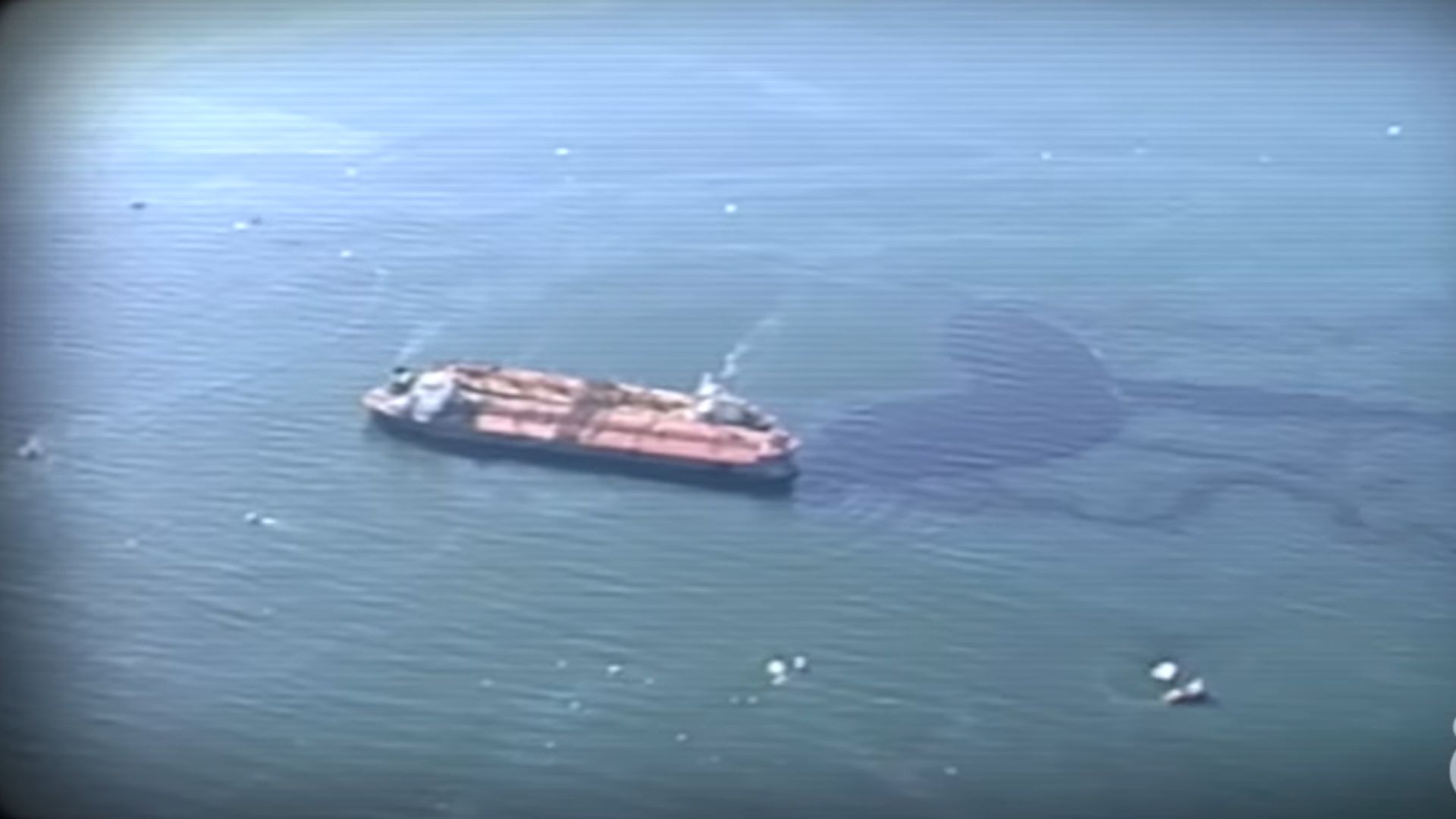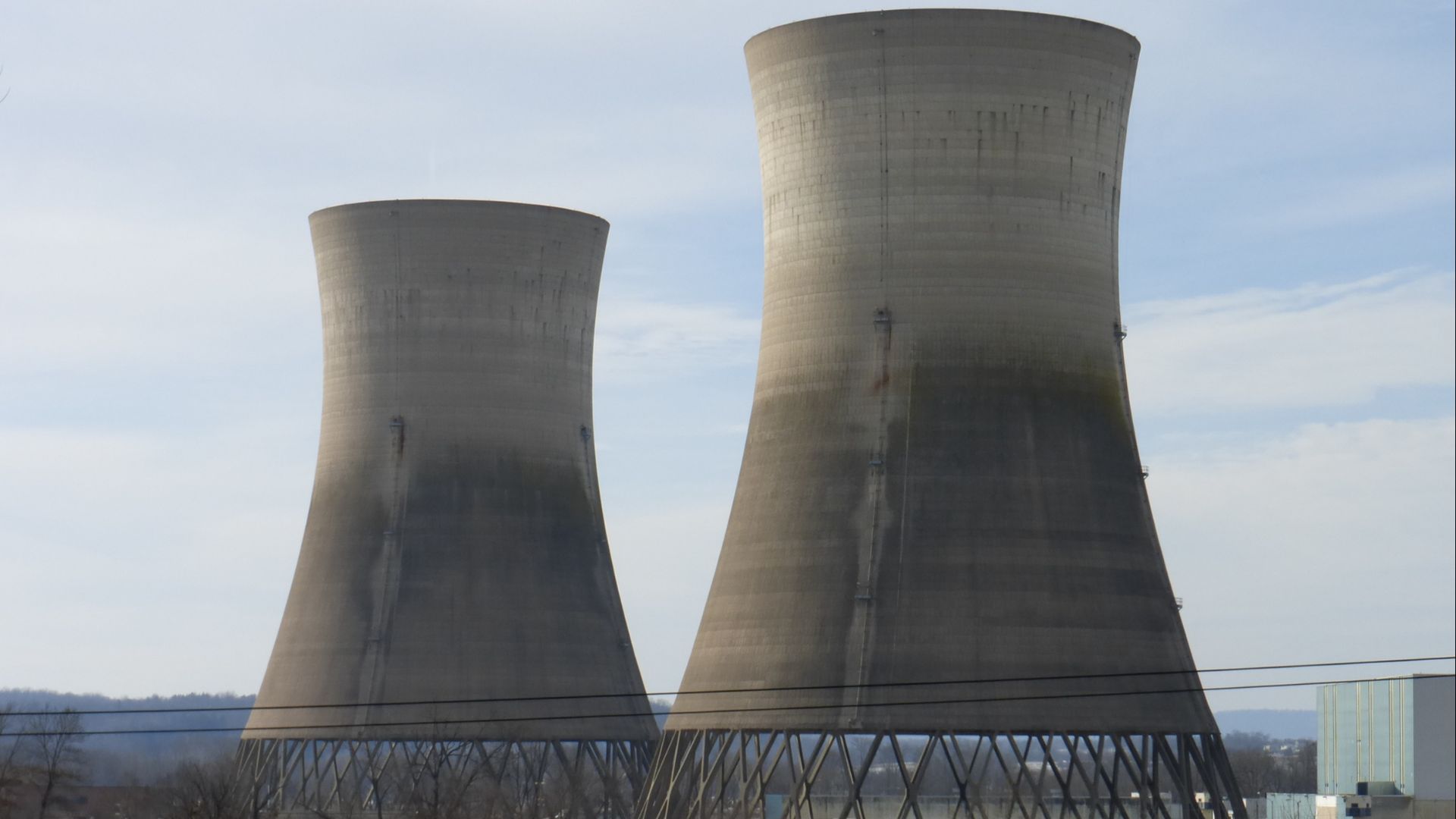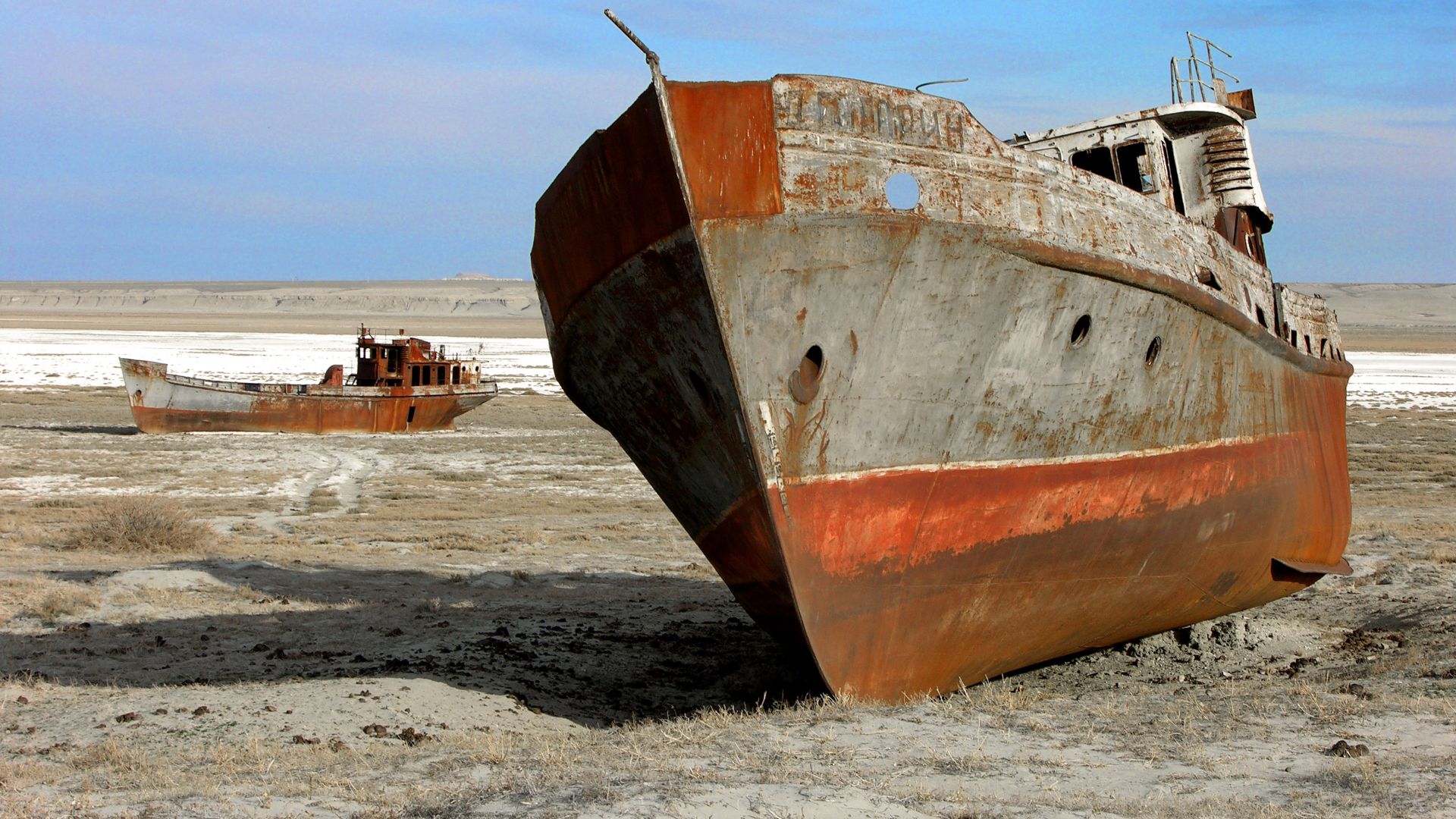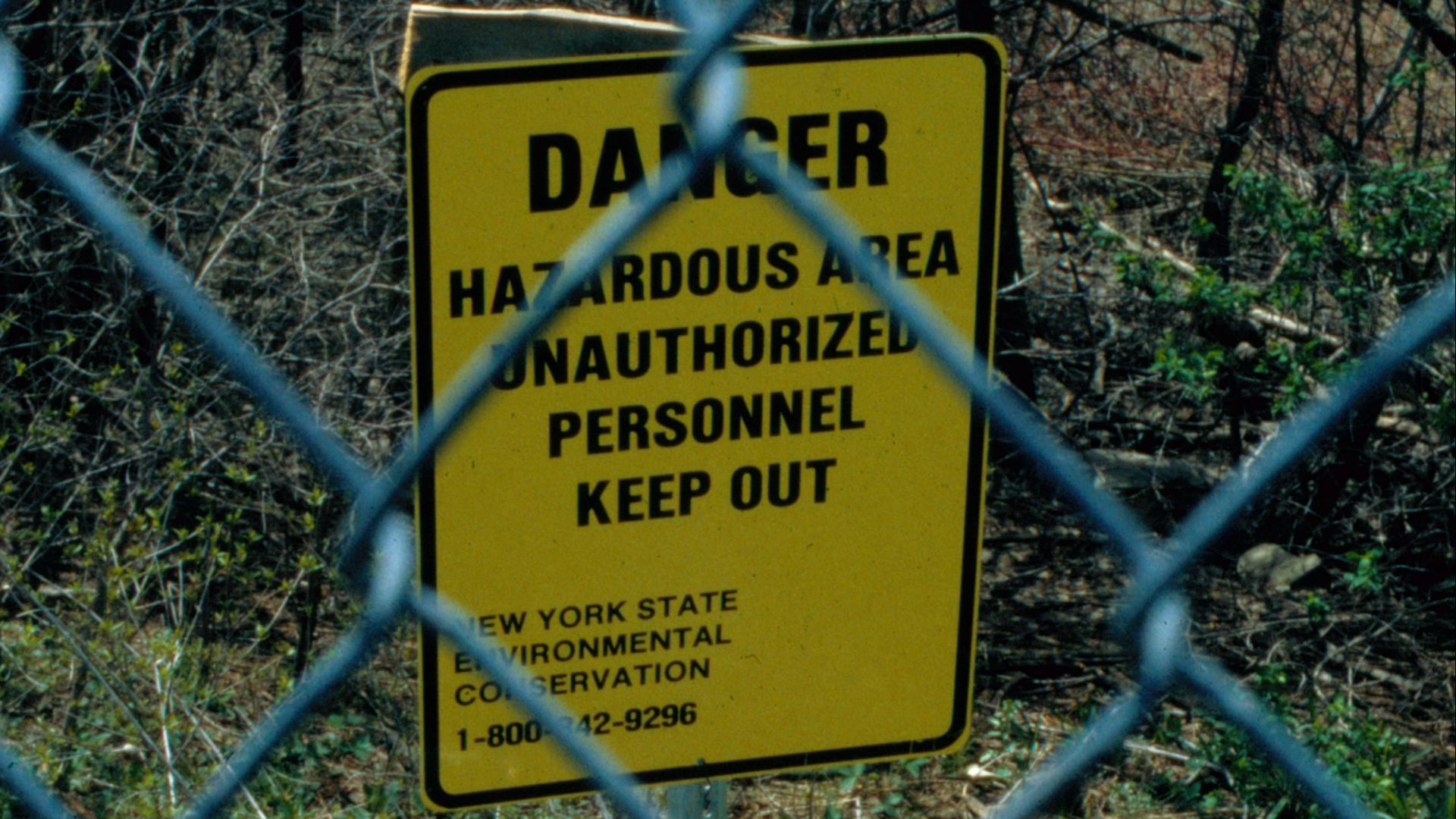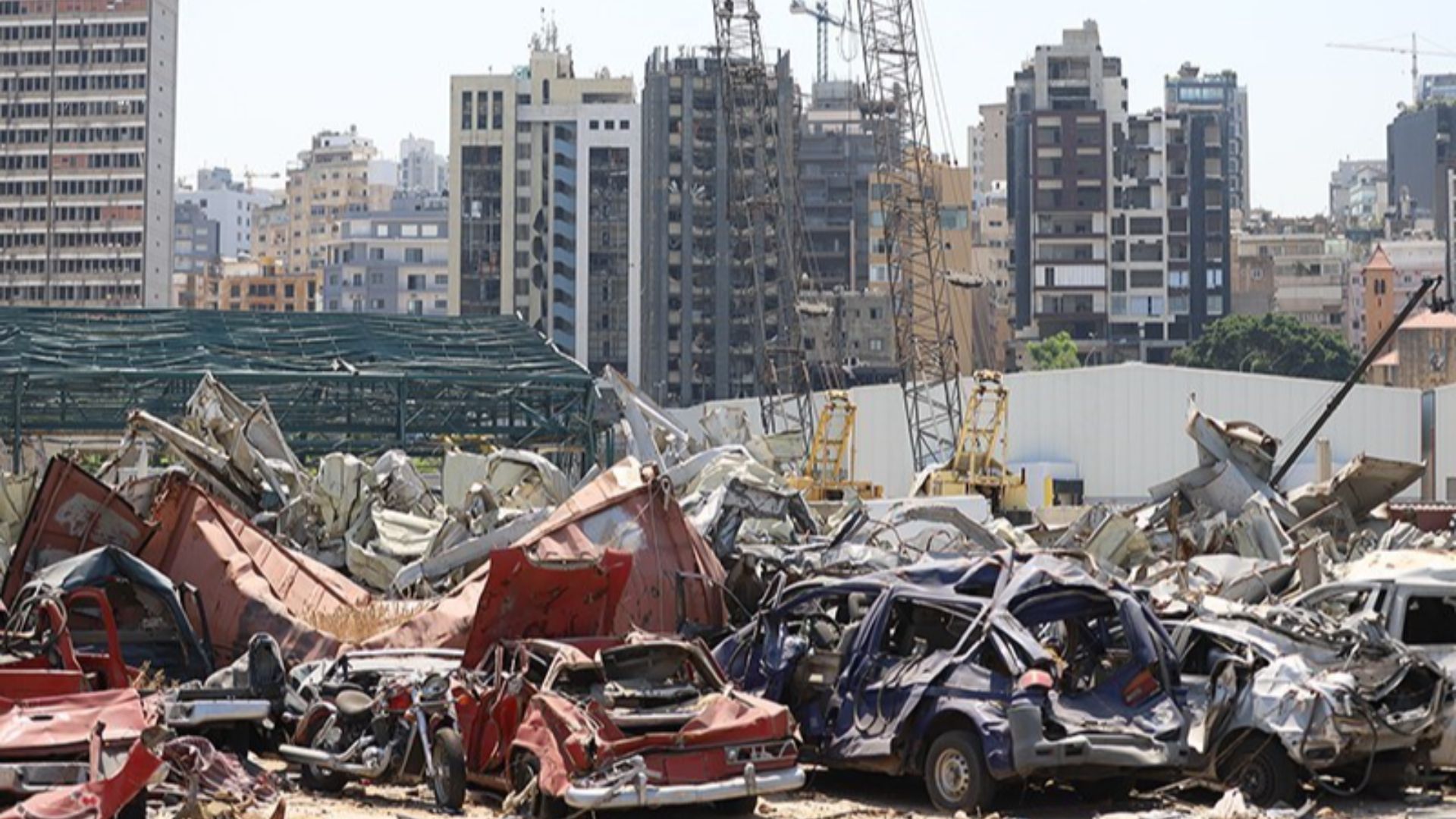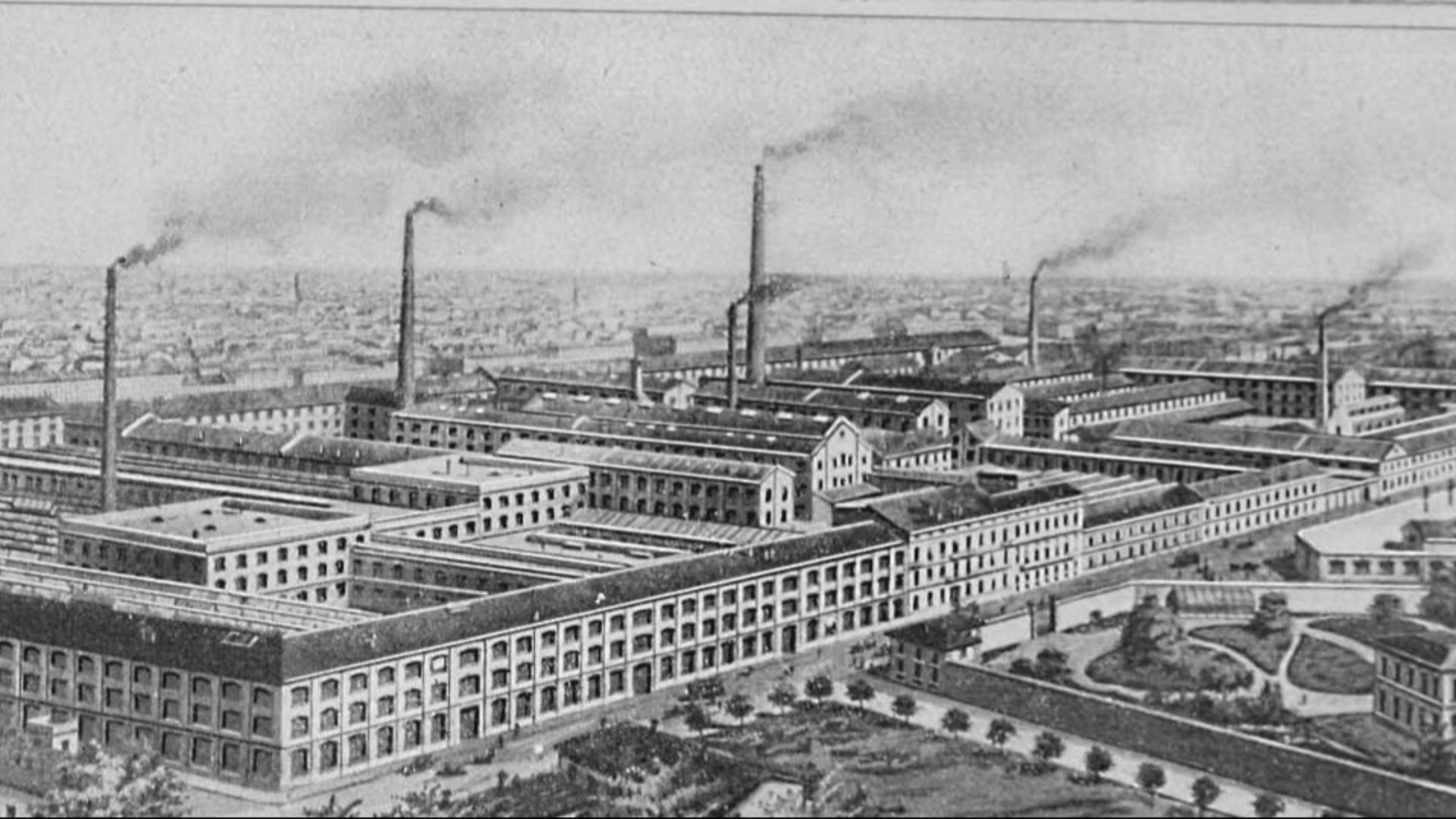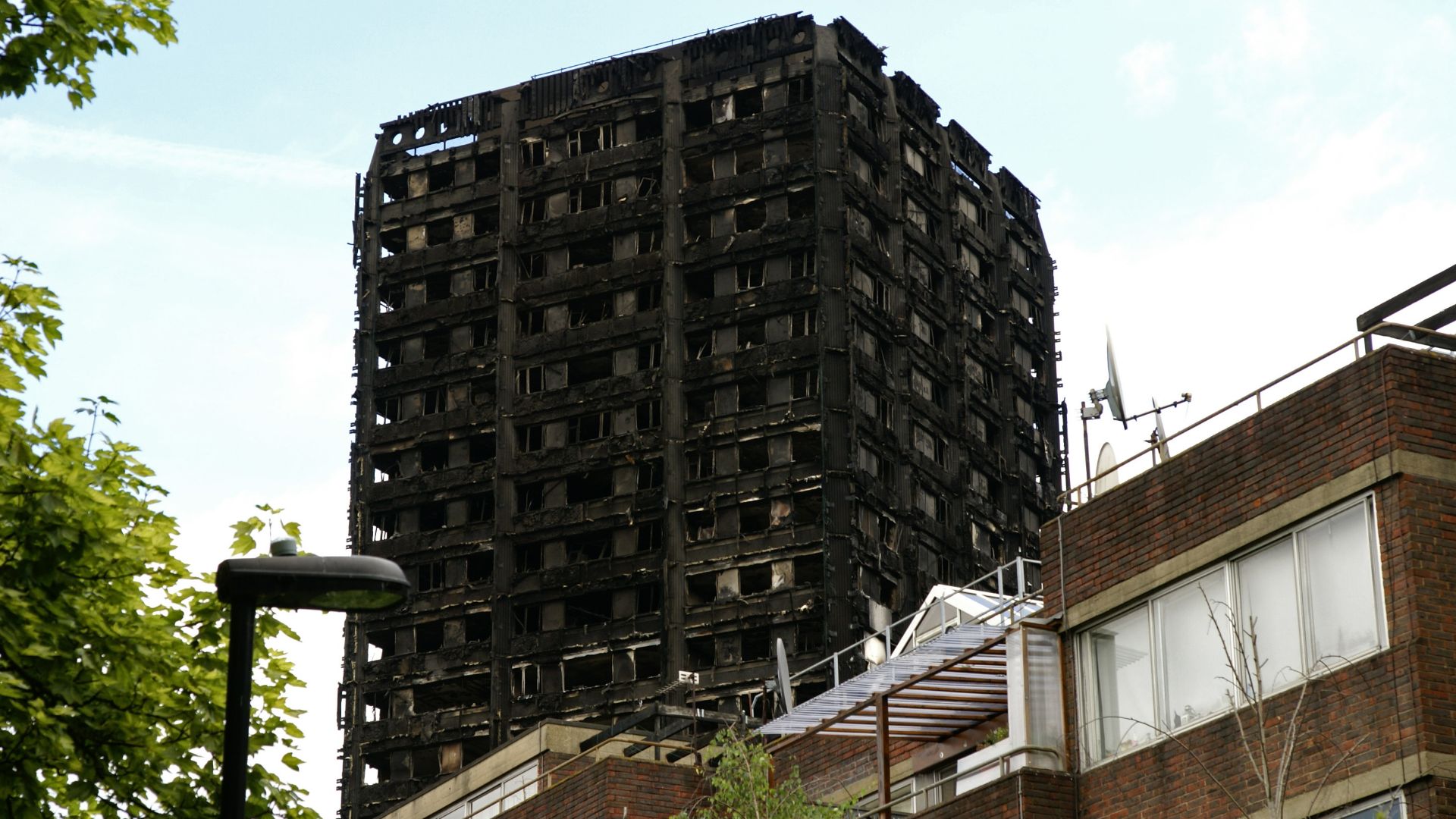History’s Biggest “Oops” Moments
Some mistakes spill coffee on your shirt—others accidentally destroy entire ecosystems and topple cities. These weren’t flukes or freak accidents, they were fully man-made disasters that prove we’re sometimes our own worst enemy.
 NOAA's National Ocean Service on Wikimedia
NOAA's National Ocean Service on Wikimedia
1. Chernobyl Nuclear Disaster (1986, Ukraine)
The explosion at Reactor 4 tore through the Chernobyl Nuclear Power Plant in the middle of the night, sending radioactive debris across Europe. Firefighters fought blazes with no protection, unaware of the radiation’s invisible threat. Entire towns were evacuated, and you still can’t visit without strict precautions.
 Adam Jones from Kelowna, BC, Canada on Wikimedia
Adam Jones from Kelowna, BC, Canada on Wikimedia
2. Bhopal Gas Tragedy (1984, India)
A silent enemy crept over Bhopal as families slept: methyl isocyanate gas. It escaped from a pesticide factory and was industrial negligence laid bare. Thousands lost their lives and Bhopal became a grim icon of corporate irresponsibility. It was also a wake-up call for industrial safety worldwide.
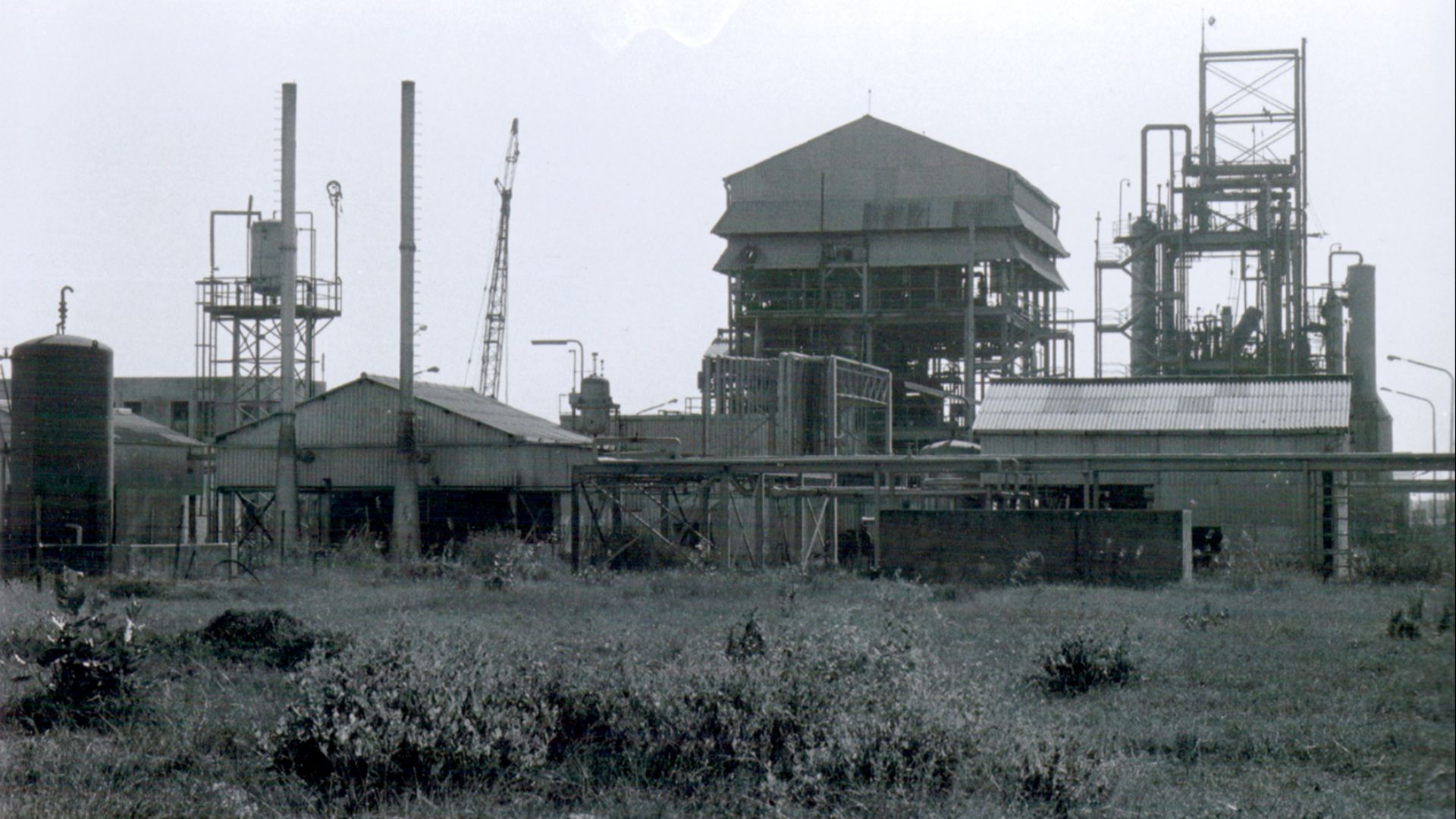 Bhopal Medical Appeal, Martin Stott on Wikimedia
Bhopal Medical Appeal, Martin Stott on Wikimedia
3. Deepwater Horizon Oil Spill (2010, USA)
The sea caught fire when Deepwater Horizon exploded. A wall of flame claimed workers’ lives before oil bled into the Gulf for months. Fishing communities saw their livelihoods blackened, wildlife choked in sludge, and you can still find tar balls on Gulf beaches.
4. Fukushima Daiichi Disaster (2011, Japan)
A natural disaster struck, but it was human error that magnified the catastrophe. Backup systems failed and radioactive water flowed into the Pacific, due to which thousands were displaced. As a result, entire areas became ghost towns.
5. Great Smog Of London (1952, UK)
The scariest thing is that some disasters aren’t always loud or explosive. In 1952, thick, yellow fog descended over London, turning day into night. People collapsed in the streets and ambulances could barely make their way through the clouds. It wasn’t until thousands lost their lives that the government recognized the cost of unchecked pollution.
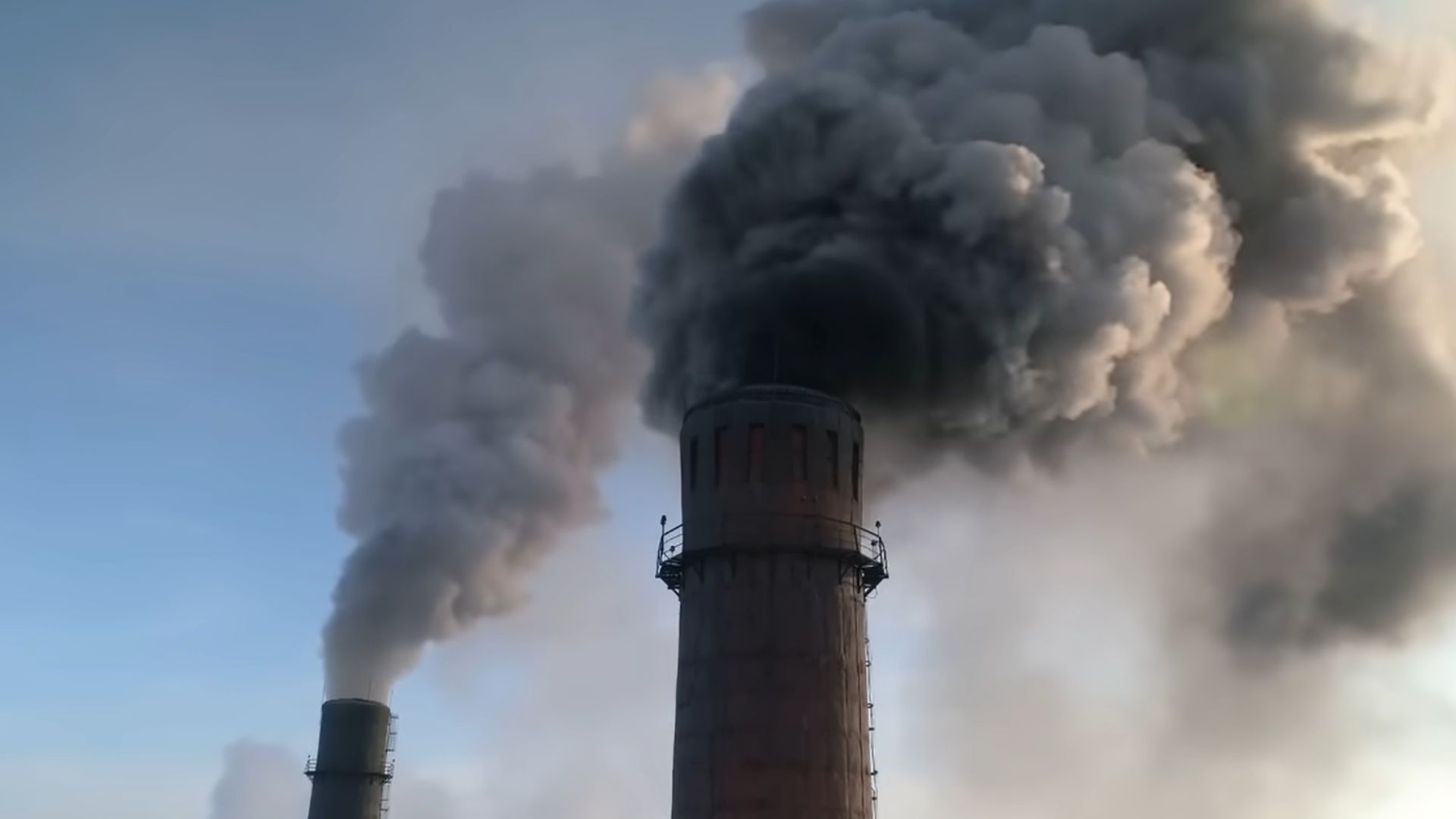 The Great Smog of 1952 | A Short Documentary | Fascinating Horror by Fascinating Horror
The Great Smog of 1952 | A Short Documentary | Fascinating Horror by Fascinating Horror
6. Minamata Disease (1950s, Japan)
For the average person, fish from the bay looked normal—until locals began to twitch and go blind. After mercury leached into Minamata Bay from factory wastewater, the company denied responsibility for years. But the public remembered, and Minamata showed how pollution can quietly poison entire generations.
7. Banqiao Dam Failure (1975, China)
The Banqiao Dam failure in 1975 was one of the worst structural disasters in history. Located in China’s Henan Province, the dam collapsed due to extreme rainfall from Typhoon Nina. The resulting flood claimed an estimated 230,000 people and displaced millions.
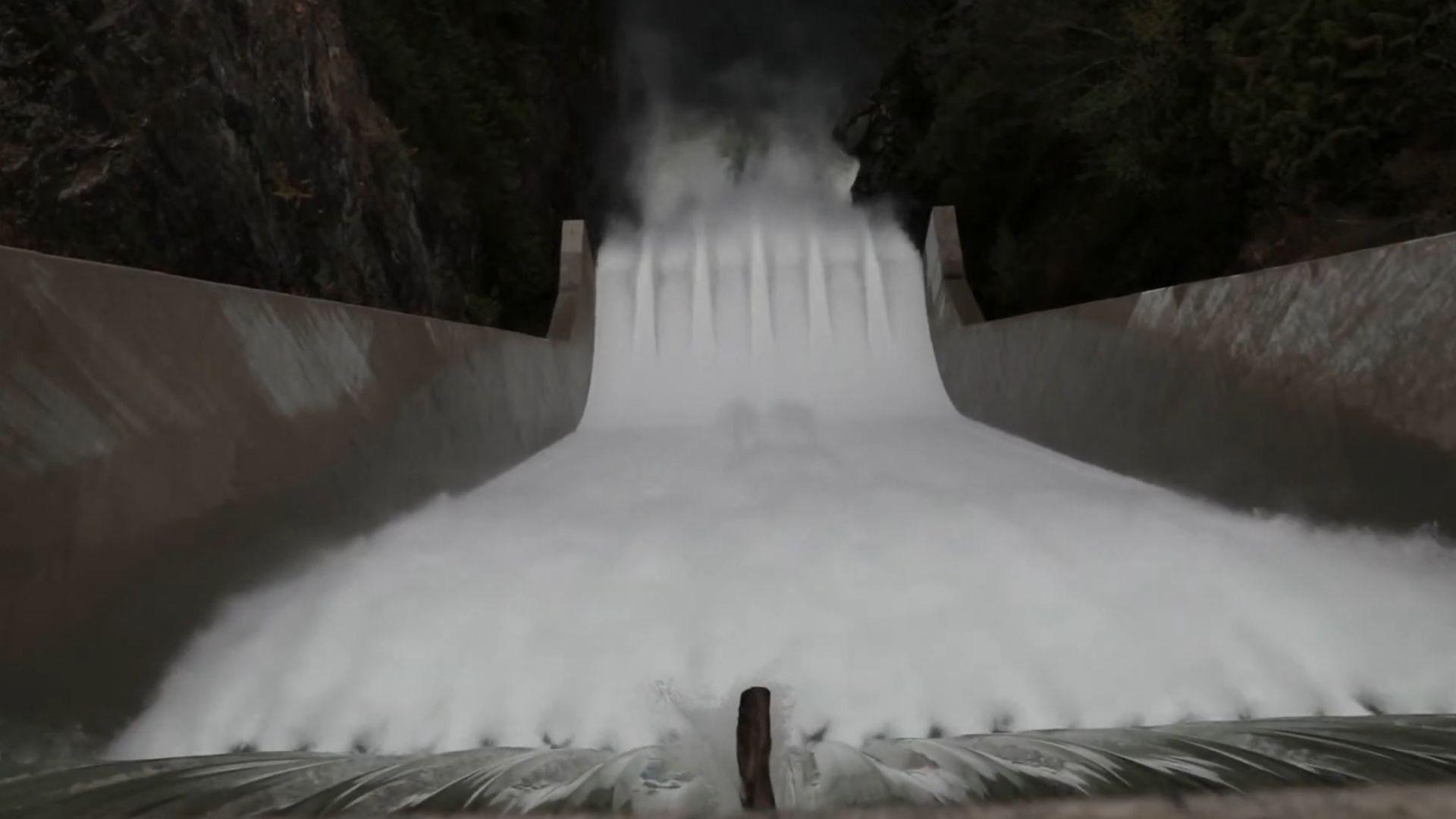 The 1975 Banqiao Dam Failure by Gabriel Jones
The 1975 Banqiao Dam Failure by Gabriel Jones
8. Rana Plaza Collapse (2013, Bangladesh)
In 2013, Bangladesh’s Rana Plaza crumbled like a house of cards, all with thousands inside. Despite cracks appearing the day before, factory workers were forced back to their sewing machines, and the collapse exposed the hidden human cost behind fast fashion’s shiny labels.
9. Exxon Valdez Oil Spill (1989, Alaska, USA)
Back in 1989, Alaska’s pristine Prince William Sound turned black when the Exxon Valdez tanker struck a reef and spilled gallons of crude oil. It became a rallying cry for tougher environmental laws and corporate accountability at sea.
10. Flint Water Crisis (2014, USA)
Flint’s pipes weren’t supposed to poison people, but when officials switched the water supply to save money, the river water leached lead from aging pipes and sent it directly into homes. The crisis continued for years while leaders debated and deflected.
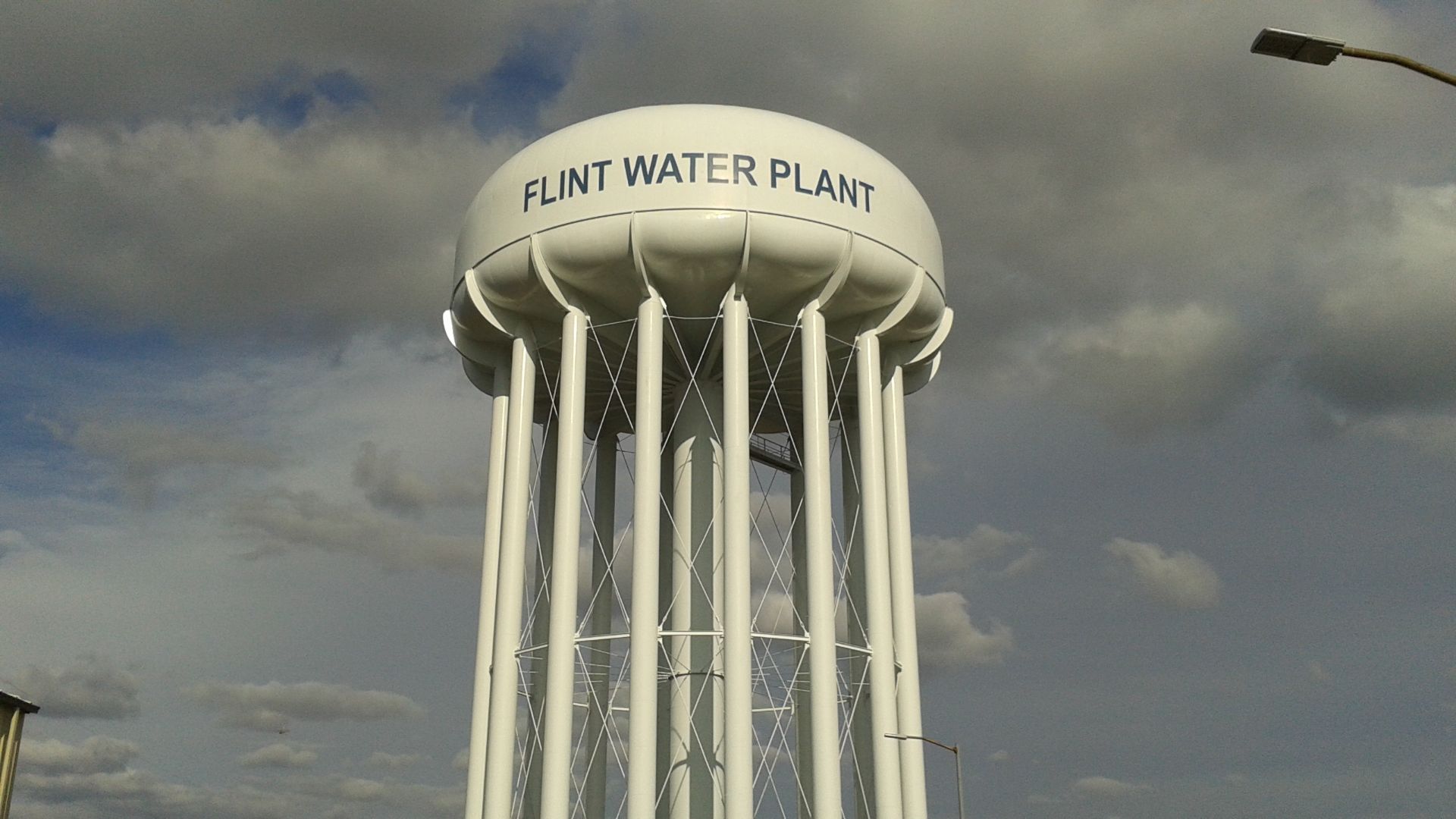 unknown, United States Environmental Protection Agency on Wikimedia
unknown, United States Environmental Protection Agency on Wikimedia
11. Three Mile Island Accident (1979, USA)
It began with a malfunction. Then came the aftermath. Although the radiation release was limited, the fear wasn't—the accident shattered America’s confidence in nuclear safety. Three Mile Island marked the historical moment when the promise of nuclear energy was put on pause.
12. Aral Sea Drying (1960s–present, Central Asia)
Once the fourth-largest lake in the world, this sea is now a desert wasteland. Soviet irrigation plans diverted rivers to cotton fields, leaving fishing boats marooned on the sand. Each year, more of its beds cracked dry, and the loss of biodiversity went unnoticed by the world for far too long.
13. Love Canal Disaster (1970s, USA)
Love Canal was a community built on a toxic foundation. When the rains came, chemicals oozed into basements. Children became ill, miscarriages rose, and fear took root. The community organized, protested, and finally got Washington’s attention.
14. Beirut Port Explosion (2020, Lebanon)
For years, 2,750 tons of ammonium nitrate sat in a warehouse with no safety measures. Then, in one blinding moment, it exploded. Over 200 people passed away, and the city was left in ruins. In its wake, the world watched a capital torn apart by the kind of neglect no one thought existed in the 21st century.
15. Aberfan Coal Tip Disaster (1966, Wales)
In 1966, a mountain of coal waste liquefied and crashed down on the village of Aberfan. A school sat directly in its path, and in minutes, 116 children and 28 adults were buried. Investigations revealed officials had ignored warnings about the tip’s instability.
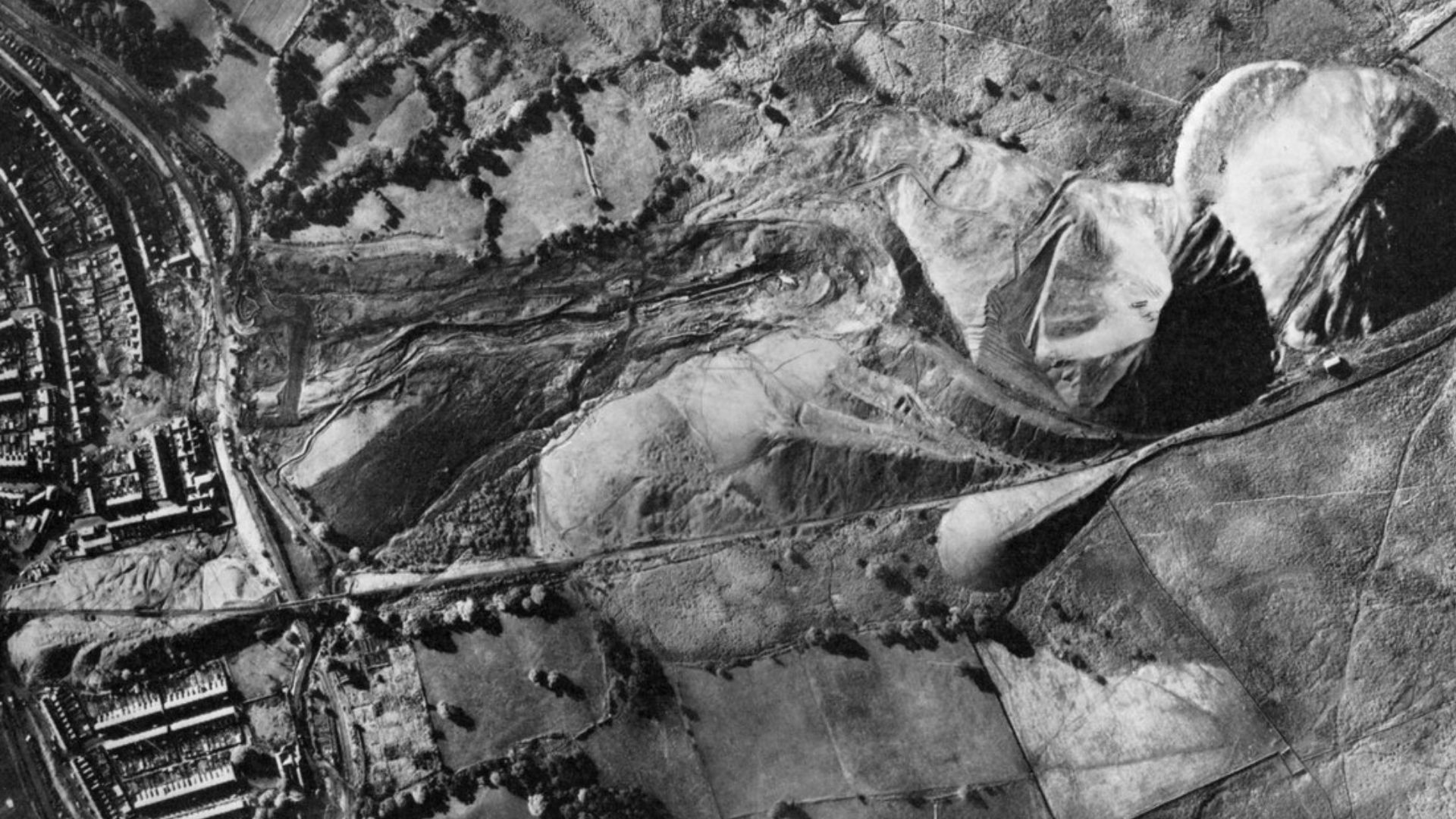 Unknown government photographer on Wikimedia
Unknown government photographer on Wikimedia
16. Ajka Alumina Spill (2010, Hungary)
In 2010, a dam holding back red toxic sludge gave way, releasing a flood of industrial waste through villages. People were caught off guard, as many didn’t even know what the reservoir contained. It was all about aging infrastructure and the false security of assuming the worst would never happen.
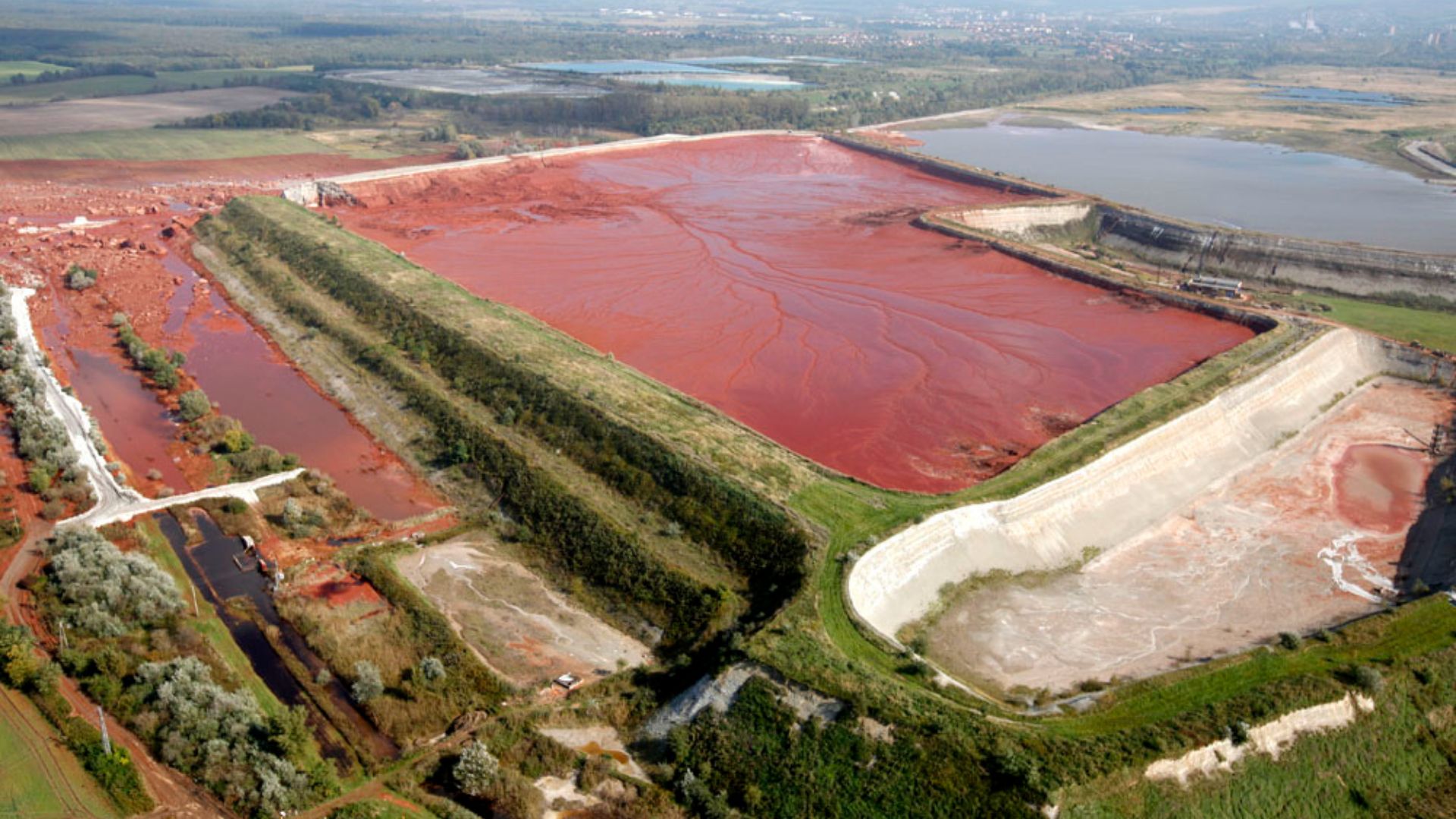 Ministry of Public Administration and Justice, Ministry for Government Communication on Wikimedia
Ministry of Public Administration and Justice, Ministry for Government Communication on Wikimedia
17. Seveso Dioxin Leak (1976, Italy)
When a chemical cloud drifted over northern Italy, it released dioxin into the atmosphere. Seveso’s disaster became a case study in delayed response and communication failure. It was also the very disaster that led to new European safety laws—but only after people paid with their health.
18. Lac-Mégantic Rail Disaster (2013, Canada)
One summer night, a train filled with crude oil rolled downhill into Lac-Mégantic and exploded. The town center erupted and almost 47 people lost their lives, all because of cost-cutting and an assumption about safety protocols.
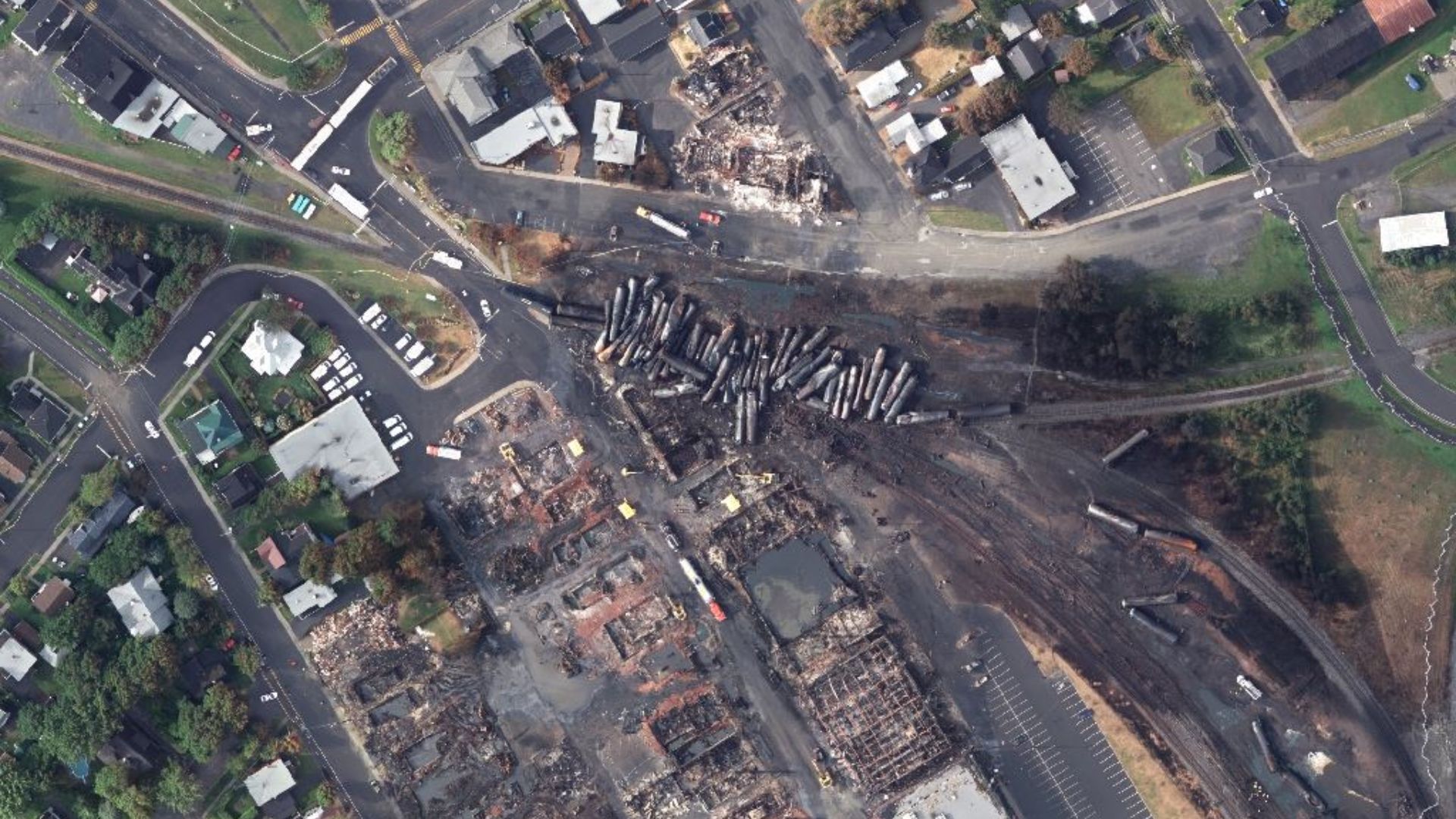 Aéro-Photo / Ministry of Public Security (Quebec) on Wikimedia
Aéro-Photo / Ministry of Public Security (Quebec) on Wikimedia
19. Grenfell Tower Fire (2017, UK)
What started as a spark in the night quickly turned into a towering inferno. In 2017, Grenfell Tower was swallowed by fire, climbing rapidly due to highly flammable cladding. Residents had warned of risks, but their voices were dismissed.
20. Prestige Oil Spill (2002, Spain)
When the Prestige tanker cracked in a storm, Spain refused its safe harbor. The ship broke apart at sea, spilling oil into Atlantic currents that carried it to the coasts of Spain, France, and Portugal. The disaster could’ve been prevented with one decision: to let the tanker dock.
KEEP ON READING

All The Reasons You’d Be Labeled A Witch In The…
Joseph E., ca. 1837-1914, artist. on WikimediaThe Middle Ages and…
By Farva Ivkovic Nov 21, 2025
Nancy Wake: The Deadly Spy Who Became the French Resistance's…
Hohum on WikimediaThe Gestapo called her the "White Mouse" and…
By Cameron Dick Nov 21, 2025
From Stoker To Stephanie: A Brief History Of "The Vampyr"
RondellMelling on PixabayThunder cracks. A castle, cascaded in shadow, looms…
By Breanna Schnurr Nov 21, 2025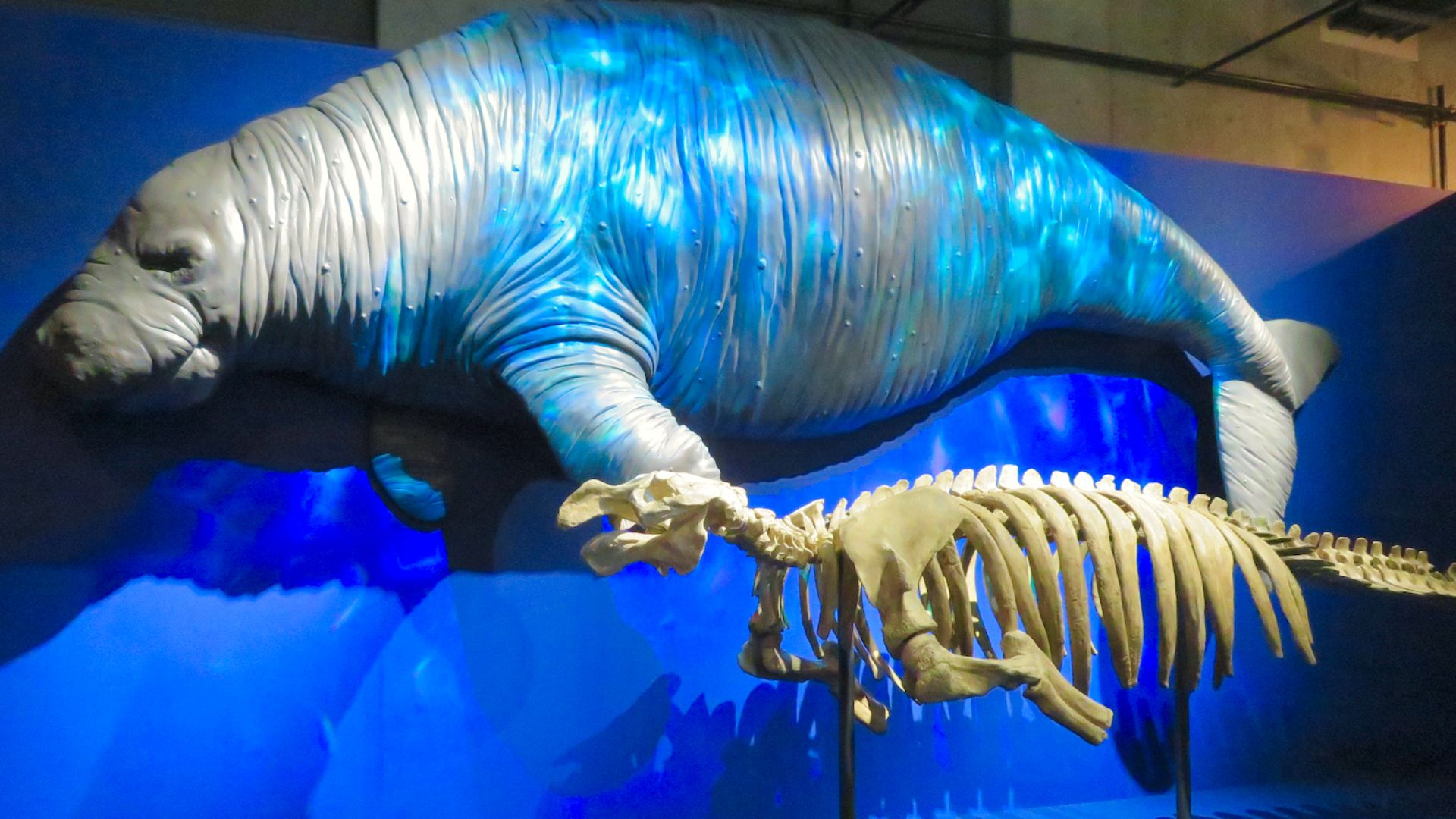
The Manatee's Historical Relative That Was Hunted To Extinction
Unknown authorUnknown author on WikimediaWhen talking about extinct animals, there…
By Ashley Bast Nov 21, 2025
One Inventor That Everyone Should Know But Even Historians Forget
Thomas Edison, Alexander Graham Bell, and Nikola Tesla often dominate…
By Rob Shapiro Nov 21, 2025
The Glass Delusion: When Historical Figures Believed They'd Shatter
Joseph Karl Stieler on WikimediaPrincess Alexandra of Bavaria had a…
By Ashley Bast Nov 20, 2025


